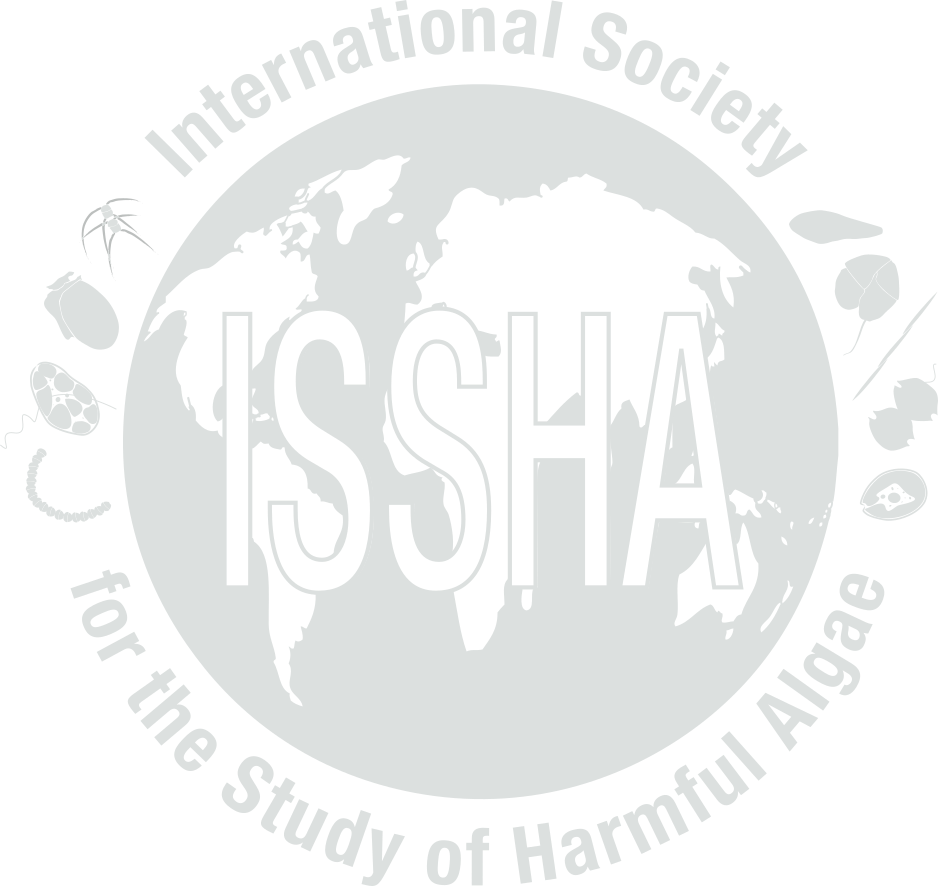


| Event name: | US-94-017 | |
| Country: | UNITED STATES | |
|
Nature of the harmful event: |
Seafood toxins | |
|
Event directly affected: |
||
| Toxicity detected: | Yes (Approximate range: 930 µg STXeq / 100 g tissue.) | |
| Associated syndrome: | PSP | |
| Unexplained toxicity: | No | |
| Species implicated in toxin transmission (transvector): | ||
| Report the outcome of a monitoring programme: | Yes | |
| Event occurred before in this location: | Yes (1927, 1929, 1932, 1954, 1962, 1963, 1964, 1965, 1966, 1970, 1971, 1976, 1980, 1981, 1982, 1984, 1986, 1987, 1988, 1989, 1990, 1991, 1992, 1993, 1994.) | |
| Individuals to contact: | ROSS, Maria R. | |
| Location: | Latitude: , Longitude: | |
| General location information: |
Marin County., California. HAB Area code(s): US-21 |
|
| Additional location information: | Marin County, California. Areas affected: Drakes Bay, Drakes Estewro, Tomales Bay, Kehoe Beach, Muir Beach. | |
| Bloom event dates (yyyy/mm/dd): | ||
| Quarantine levels dates (yyyy/mm/dd): | ||
| Additional date-related information: | January (320 µg/100 g tissue), February (11 µg), March (230 µg), April (680 µg), May (220 µg), August (330 µg), September (930 µg). | |
| Causative organism known: | Yes | |
| Causative Species/Genus: |
Alexandrium catenella
( cells/L)
|
|
| Co-Ocurring Species/Genus: | ||
| Chlorophyll concentration, if known: | µg/l | |
| Additional bloom information: | Alexandrium catenellum. | |
| Event-related bibliography: | State of California Department of Health Services. Shellfish Monitoring Program (SDHSSMP). Technical report No. 94-03 thru 94-28. | |
|
||||||||||||||||||||||||||
| Nutrient information: | ||||||||||||||||||||||||||
| Temperature Range During Event: | Max: °C, Min: °C | |||||||||||||||||||||||||
| Salinity Range During Event: | ||||||||||||||||||||||||||
| Bloom location in the water column: | ||||||||||||||||||||||||||
| Growth: |
In situ |
|||||||||||||||||||||||||
| Growth Comments | In situ growth; high concentrations of A. catenellum were noted each time the PSP concentrations were recorded in the shellfish. | |||||||||||||||||||||||||
| Additional Environmental information: | Warming trend in the sea surface temperatures (SST) following a brief upwelling period. | |||||||||||||||||||||||||
|
|||||||||||||||||
| Kit used: No | Type of kit used: | ||||||||||||||||
| Additional information: | Sentinel Bay Mussel (SBM) 930 µg; detectable but below alert levels of PSP in Cultured Pacific Oysters (CPO) were evident. | ||||||||||||||||
| Economic losses: | |||||||||||||||||
| Management decision: | On January 21, 1994 a quarantine was established for sport-harvested mussels which was lifted on March 7th by the Director of the State Department of Health Services. On March 31 a special quarantine was again establiched due to the rapid increase in PSP | ||||||||||||||||
| Additional harmful effect information: | |||||||||||||||||
